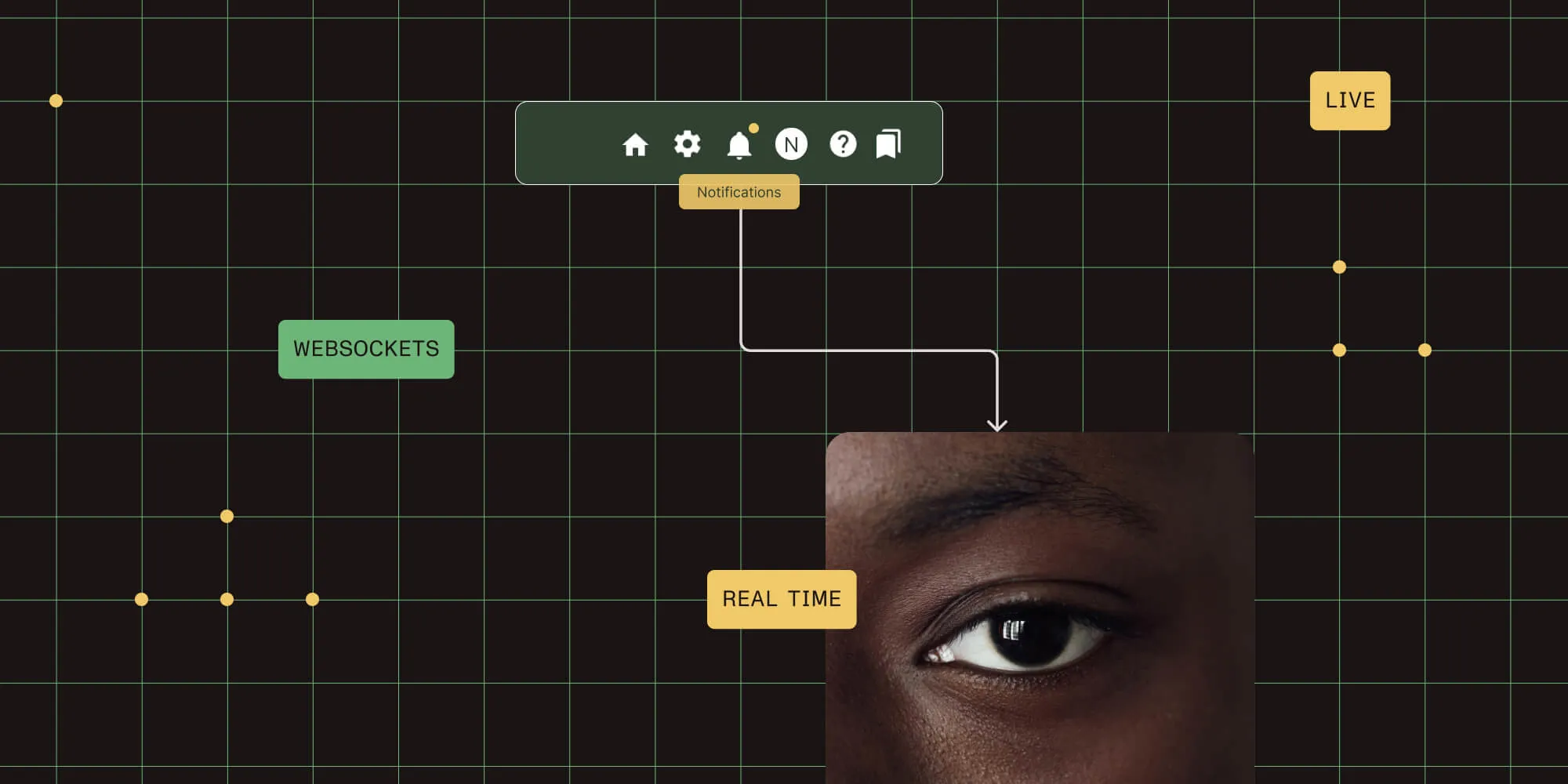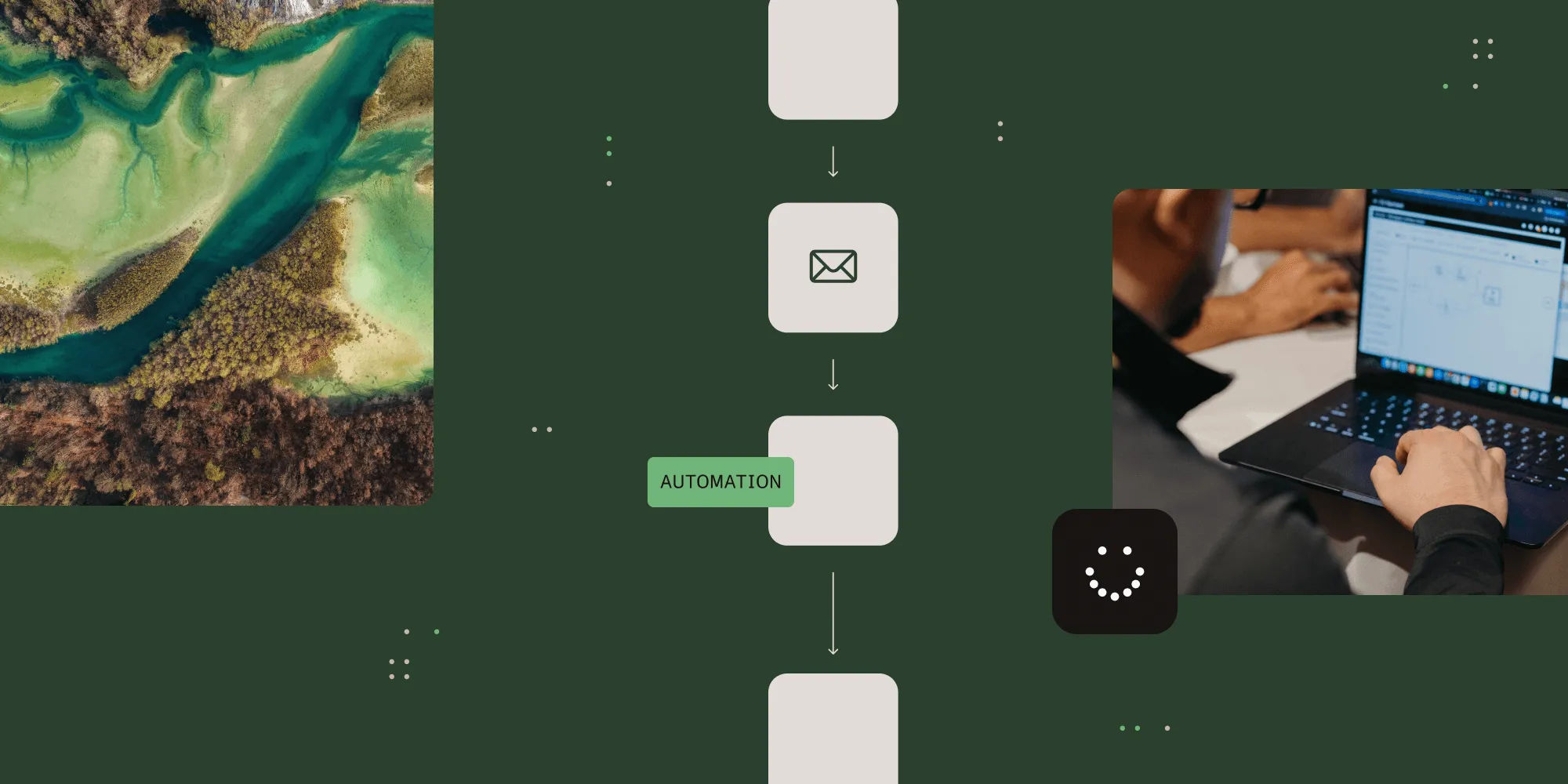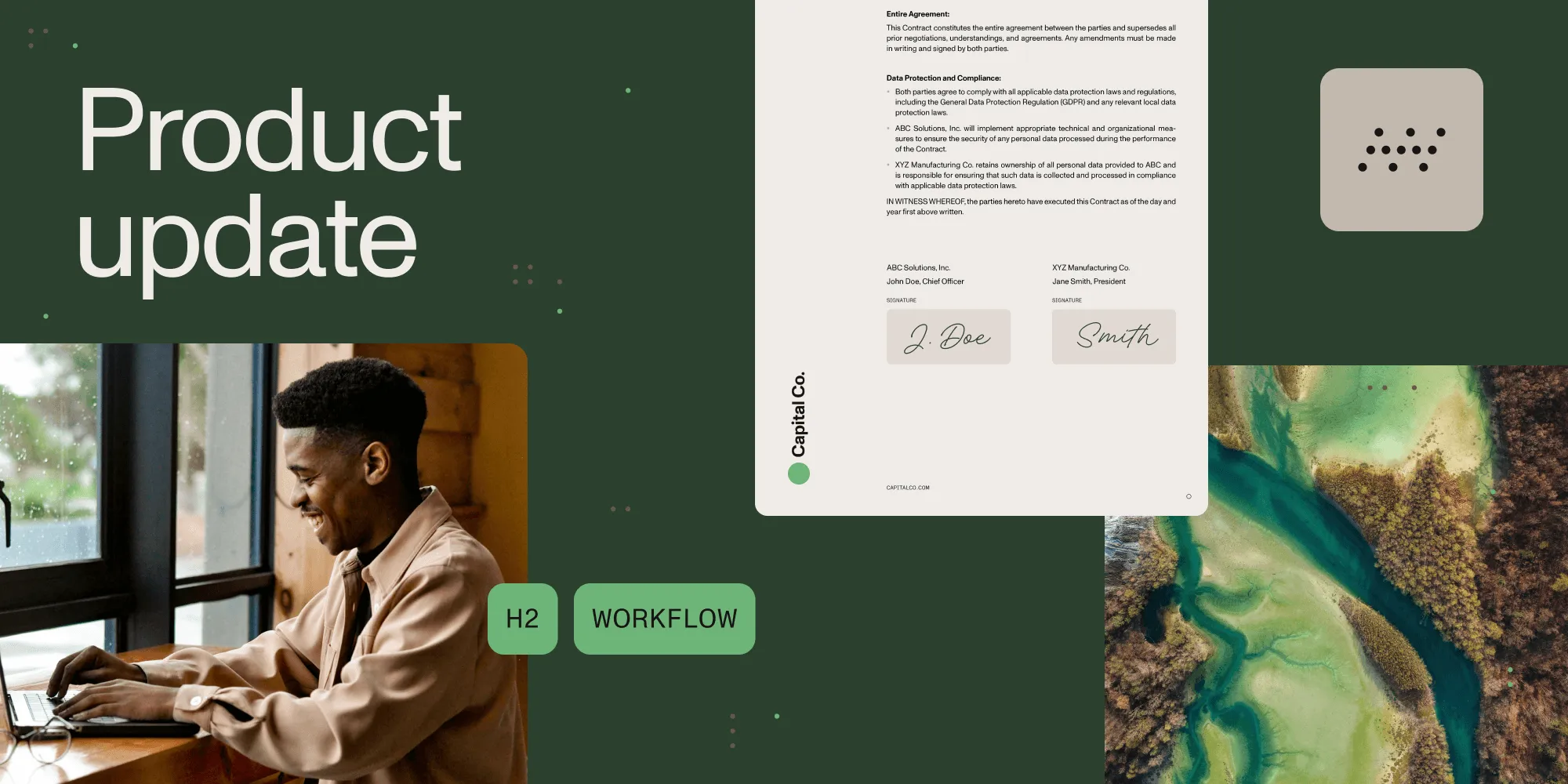What is Process Discovery?
Table of contents

Introduction To Process Discovery
The term " Business Process Discovery" (BPD) has been around for many years, but it became very popular with the emergence of digital technology and business transformation. It is also the first step for organizations that plan to automate their processes using workflow software.
One of the catalysts for business transformation is by use of digital technology to improve business performance. This change impacts the business processes, people, and strategy of the organization.
To fully understand the organization's current business processes, we need to find out everything we can about them and be able to document the details. This makes discovering processes a key step on the journey to Business Transformation.
In this post, we will be describing, specifically, "Manual Process Discovery." However, there is also a technique called "Automated Process Discovery(opens in a new tab)" which uses tools like AI and machine learning to identify processes throughout the organization.
In summary:
Process Discovery is a technique to understand and document everything about the organization’s current business processes.
This technique can be performed to construct a representation of an organizations' current business processes and its major process variations. These techniques use evidence found in the organizations:
- Manual methods of work
- Current procedural documentation
- Existing technology systems that support the business processes
Discovery Methodology
Discovering processes in your organization can be done by following a few different methodologies. Ultimately these methodologies all look something like what we describe below.

As-Is process mapping
Conduct a series of workshops with a cross-section of staff from the current owners, users, and approvers of the existing process. The objective of these workshops will be to map out the current process. It may require a number of these workshops with each group to fully document the major process and its variations.
Follow-up one to one meetings, as required for:
- Variations
- Further data collection such as lead times
- Understanding of existing technology applications
- Purpose of approvals
Develop the current process document and the variations to the main process. Ensure to obtain buy-in/agreement from the participants.
Critique the as-is business process and related information
- What works well and what are the pain points?
- Skills available, needed, and the skill gaps
- Classify the activities/sub-processes into:
- Action activities
- Approval activities
- Value & non-value adding
- Overlaps and reworks
- The split of responsibilities between people and functions/depts
- Categorize the activities into Red, Amber, Green
- Essential/critical (red process) - Process essential for achieving outcomes/goals
- Important/urgent (yellow process) - Process which speeds achieving outcomes/goals
- Supportive (green process) - Process not needed to achieve outcomes/goals
Identify improvement opportunities
Short-term improvements (low hanging fruit). Things that can be done quickly with low effort. Examples include the sharing of information or deleting an approval process by delegating responsibility further down the organization. Typically, these changes can be approved by the process owner.
Complete process re-design. This is usually a much longer-term action and can be implemented by manual methods or using digital technology as an enabler for the change. It will require investment and thus a business case must be developed before proceeding along this journey.
Who is involved in Discovery?
Discovery is not the sole responsibility of one person or department. It requires several people and skills from the organization and initially external support.

The key stakeholders are:
Process Owner. Someone who has overall responsibility for the process or sub-process. The process owner's responsibilities are likely to cut across the organization chart responsibilities, so management needs to recognize this and ensure delegation of full process responsibility. He will be the individual who ultimately has responsibility for the accuracy of process documentation and any proposed process changes. The process owner may also take on the project management role for ensuring successful process discovery outcomes.
Customer. The process has a customer (internal or external) for which you are performing the process/task. It is mandatory that we fulfill his requirements. After all, the reason you are performing the process is to satisfy his/her need.
Performer. The persons who are conducting all or part of the process. They can tell you the truth in terms of what is being done as opposed to what should be done. They also develop informal processes when the formal process does not work well. No accurate discovery documentation will be produced if they are not at the center.
Approver. For each process, there may be several approvers, so it’s important to understand the role of each approver. (i.e. What are they approving?).
Business or Process Analyst. This role is typically the catalyst for the discovery process and the subsequent steps in the journey. He will be well versed in the process and will have practical experience in process discovery applications. It's quite normal for organizations to bring in external expertise for this role.
Business Process Discovery Outcomes
Business process discovery creates a business process master document. The master document should contain all the details of the process.
Include detailed process maps of the current (As-Is) process showing:
- The activities, tasks being performed,
- Who performs them,
- Typical lead or cycle times of how long they take to perform
- Interactions and interfaces with business application software
- Data and records and forms being maintained
- Inputs and outputs from each sub-process or task
Provide a critique/analysis of the current process. This should detail what works well and where are the pain-points in the current process as well as categorizing the tasks/activities.
The BPD technique is not a business outcome itself but leads to the deployment of Business Process Analysis (BPA) which can be further supplemented by Business Intelligence (BI) for the data being created by the processes.
This combination creates an overall framework for digital transformation.
Note : To learn more about Automated Business Process Discovery visit the Gartner Glossary entry(opens in a new tab).








